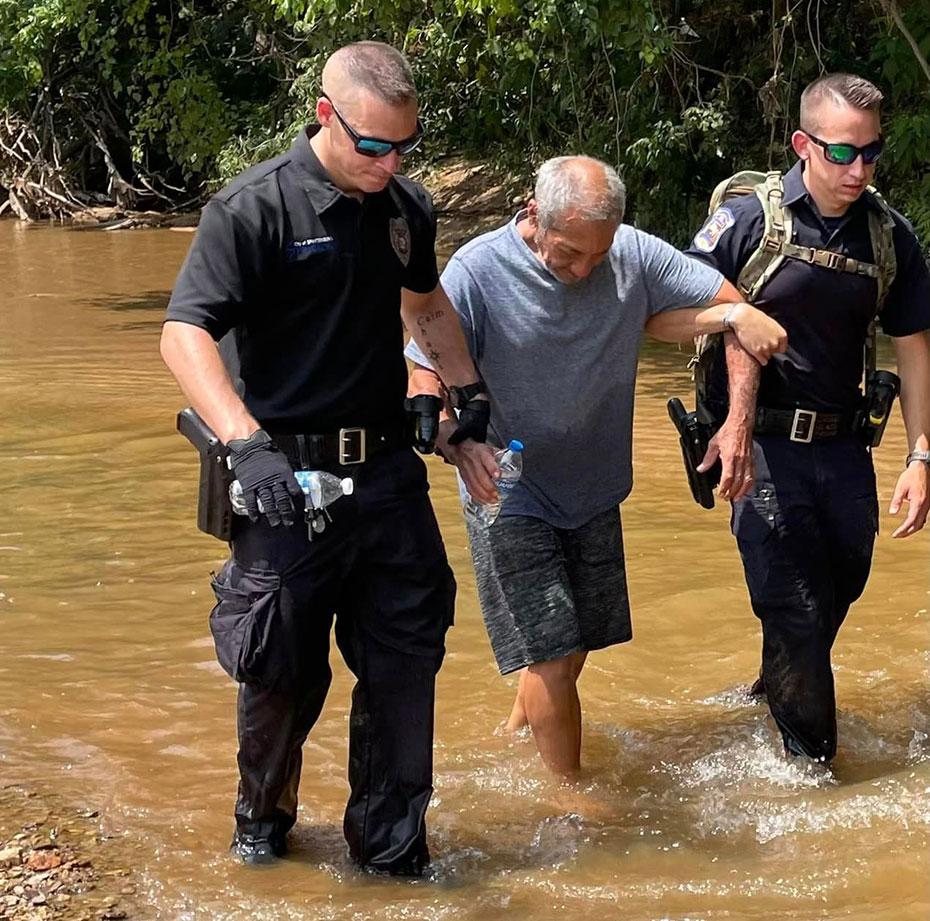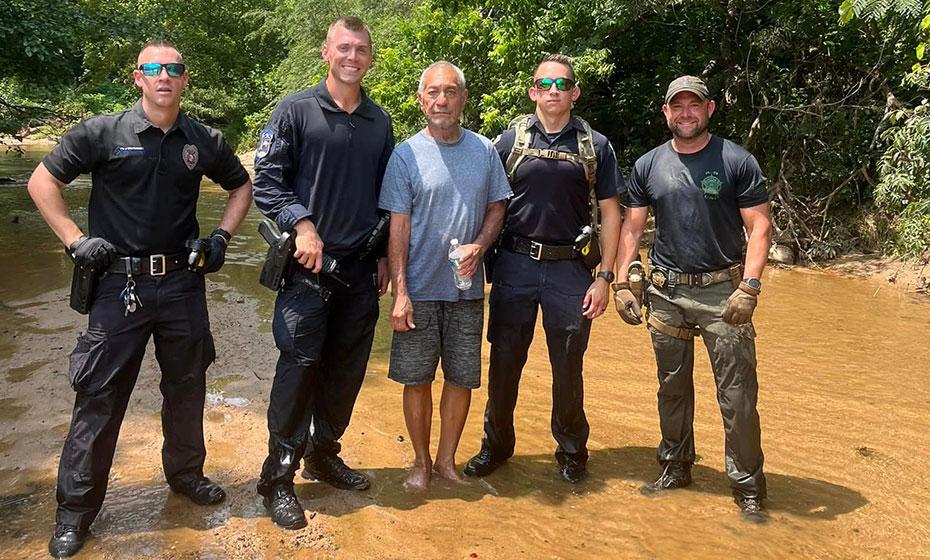Grant-Funded Drone Helps Locate Missing South Carolina Man
Duke Energy Foundation funds pay for training, lifesaving equipment and new technology to aid in disaster planning and recovery operations
By Ken Garfield | illumination Contributor
A missing South Carolina man was reunited with his family thanks to the sharp eyes of a drone soaring above Spartanburg, S.C.
Magno Alvarez Ruiz, 68, wandered away from home on July 28, prompting a 911 call that mobilized rescuers to find him. Ruiz has dementia, his family said, and was last seen in a blue shirt and black shorts.
Under the supervision of Sgt. Dylan Davis of the Spartanburg Police Department, 40 officers from three agencies fanned out. Search-and-rescue canines were brought in. From up above, drones joined the search for the 5-foot-7-inch, 130-pound man.
A drone was first to spot Ruiz, who’d lost his shoes navigating a heavily wooded area about a mile from home.
“The cameras, the zoom, the clarity … we were fortunate to get some of the best technology out there,” said Robbie Swofford of Spartanburg County Emergency Services. “This was huge for us, thanks to Duke Energy.”
The emergency management coordinator was quick to share the news with the Duke Energy Foundation, whose $20,000 grant enabled the county to purchase not one but two drones in 2023.
“Without your contribution, we would have struggled on numerous local and regional response efforts,” he wrote in an email to Amanda Dow, Foundation director in South Carolina.
“To hear that the drones helped save a man, that was icing on the cake,” Dow said. “It was beyond words.”
Creating resilient communities
Over five years, the Duke Energy Foundation has donated more than $17.6 million across North Carolina, South Carolina, Florida, Indiana, Ohio and Kentucky to enhance emergency preparedness and response. This funding covers the costs for things like training, lifesaving equipment and new technology that aids in disaster planning and recovery operations.
In South Carolina alone, the Foundation has awarded 99 grants totaling $1.5 million over the past three years to help communities prepare for weather emergencies and bounce back when the storms come.
In Cherokee County, a 2024 microgrant paid for additional cots that doubled Emergency Management’s sheltering capabilities. Further south, the city of Sumter is using the funds to help employees prepare for potentially hazardous weather.
“Being storm-ready is crucial for us,” said Mayor David Merchant, “so that we, as a city, can best serve and protect our citizens … and invest in equipment that will allow us to better serve the people of Sumter in a safe and timely manner.”
Swofford, too, is grateful for the two high-quality drones that Spartanburg County Emergency Services has used to pinpoint areas hit hardest by severe weather. The more they know, the faster emergency personnel can respond. Fast-growing Spartanburg County is home to 360,000 people about 75 miles southwest of Charlotte.
Drones also maximize safety and efficiency because, in some instances, they can keep emergency workers from having to go up in a helicopter to do the same job.
After Ruiz’s rescue, Swofford said, “These drones can do a lot of things.”
Family thanks rescuers
Speaking for her family, Luimar Alvarez is grateful to everyone who had a hand in bringing her father home. A native of Venezuela, Ruiz worked as an engineer in the oil industry. He came to the United States in 2021 to be with family in Spartanburg. He enjoys sitting in the backyard, watching his granddaughters jump on the trampoline.
It was the first time he had wandered from home. In his mind, Ruiz had good reason. On the day he disappeared, his wife mentioned that the presidential election was underway in their native Venezuela. That’s why he decided to walk to the school: to cast a ballot. Back home, they vote at a school.
His daughter recounted their conversation after he was rescued. “I asked him, ‘Did you vote?’ He said ‘No, I didn’t find the school. But I enjoyed the adventure.’ I told him that the next time he wants an adventure, tell me. We’ll go together.”
View original content here.




